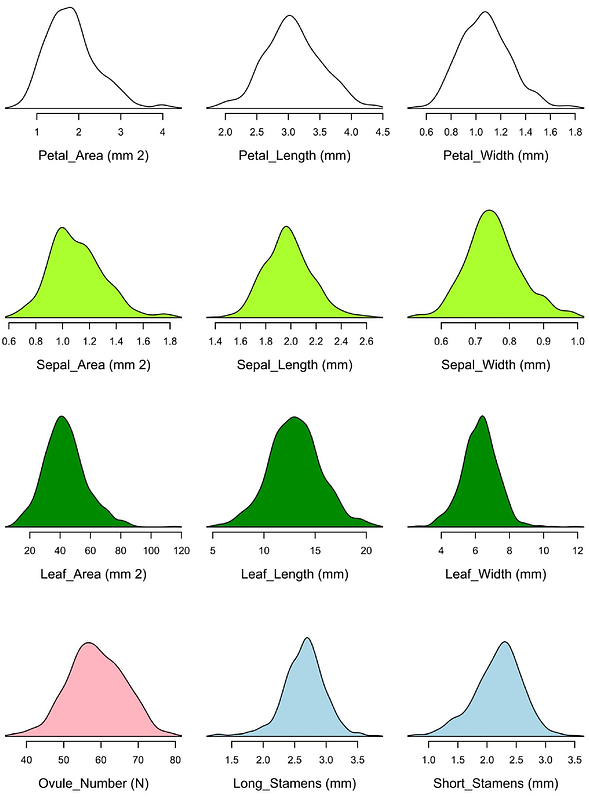Local trade-offs shape flower size evolution across Arabidopsis thaliana distribution.

Local trade-offs shape flower size evolution across Arabidopsis thaliana distribution.
Sartori, K. F.; Fernandez Mestre, C.; Hossain, M. J.; Estarague, A. F.; Gaignon, E.; Lasky, J. R.; Vile, D.; Vasseur, F.; Violle, C.; Sicard, A.
AbstractThe evolution of flowers, largely driven by mutualistic interactions with animal pollinators, resulted in a vast diversity of shape and size that was believed to have spurred the intense evolutionary radiation in angiosperms. In this study, we investigate the geographic variation in reproductive organ growth in the self-fertilizing species Arabidopsis thaliana, where the absence of pollinator requirement for reproduction is expected to promote the reduction of flower organ sizes to optimize resource allocation. We find large variation in flower size associated with a polygenic architecture in which derived alleles increase or decrease flower size, and exhibit signs of positive selection. The variation in the direction of flower size evolution is associated with a clear biogeographic pattern emerging from environmentally driven fluctuations in the flower size-seed production relationship. Stronger purifying selection at climatic range margins favors smaller flowers, while relaxed environmental constraints in more suitable habitats allow for the fixation of potentially adaptive large-flower mutations. Such a geographical pattern extends to other life history traits, demonstrating how environmental heterogeneity, in interaction with resource allocation constraints, shapes evolutionary trajectories and phenotypic diversity.